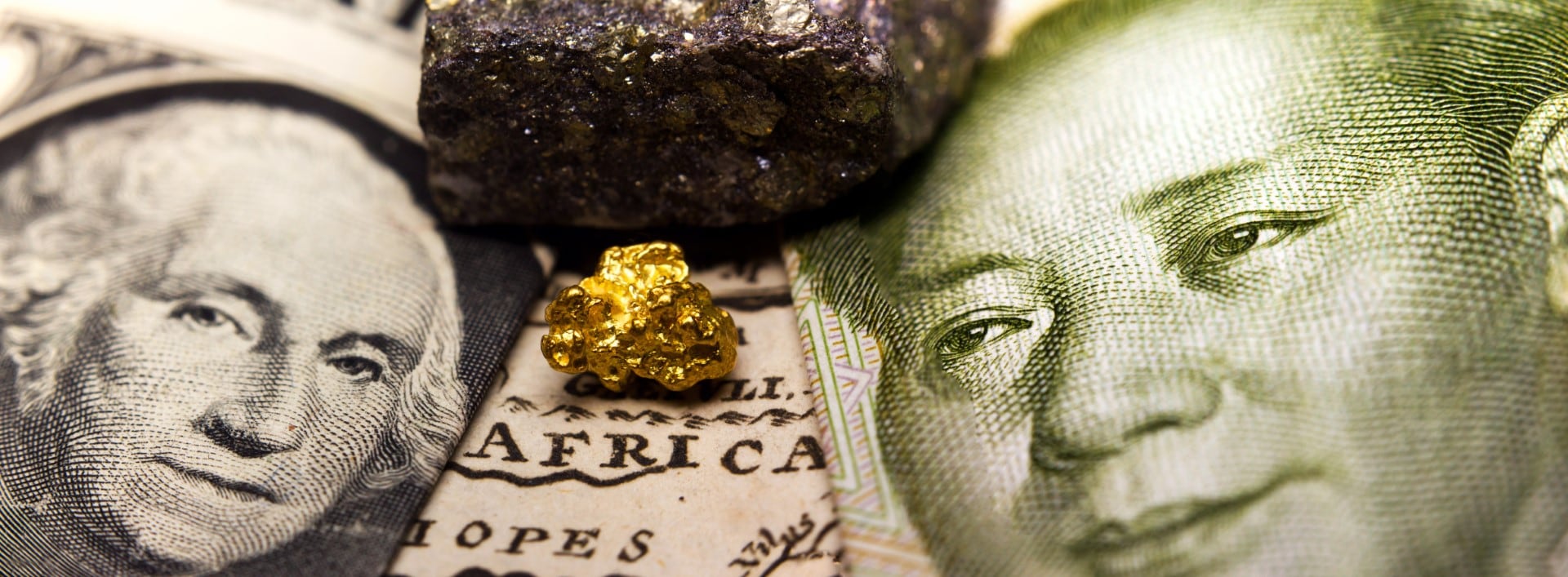
 A recent U.S. District Court opinion teaches us that we cannot afford to take our self-sufficiency in indispensable mineral and metal production for granted.
A recent U.S. District Court opinion teaches us that we cannot afford to take our self-sufficiency in indispensable mineral and metal production for granted.
On June 6, 2017, after 10 years and over 1,000 pages of studies, the Rosemont Copper Project obtained approval from the United States Forest Service to move forward with a mine on an estimated 5,431 acres of combined private lands, National Forest System lands, and lands administered by the Arizona State Land Department.
A U.S. District Court judge in Arizona invalidated the approval on the grounds that the Forest Service improperly presumed that Rosemont had a right to use the land to dump the rock that would be removed during mining.
Rosemont estimates the mine, now in limbo, could produce over 194 million pounds of molybdenum — an indispensable material that can yield important for lifesaving medical isotopes used for cancer screenings and for alloying metals for high stress, high temperature and highly corrosive environments — as well as $1.4 billion of silver.
The mine could also produce 5.88 billion pounds of copper; and, at peak production, as much as 10% of America’s copper supply.
This ruling comes at a time when the United States needs to ensure its production of indispensable minerals and metals such as copper and molybdenum continues, and accelerate production of critical materials, such as rare earth elements, in order to meet demand for emerging, high-performance technologies. Copper is a very important metal for today’s technologies and tomorrow’s. The United States Geological Survey explains that “copper has become a major industrial metal, ranking third after iron and aluminum in terms of quantities consumed.”
Copper is used for power transmission and generation, wiring in buildings, telecommunications and other electrical products. Large amounts of copper are used in technologies such as wind turbines and electric vehicles. An electric vehicle has over 180 pounds of copper compared to as little as 18 pounds in a conventional car.
For people who want to reduce carbon dioxide emissions, copper production is key. This is especially true for copper production in countries with strong environmental and labor laws such as the United States.
Rare earth elements are vital not only for high-tech commercial products like electric motors, turbines, phones and laptops. They also appear in virtually every major United States weapons system, from F-35 aircraft displays to JDAM munitions, even down to the night vision goggles worn by our warfighters on the ground.
This passage from a Defense Department report underscores the national security threat of making it more difficult to mine American resources: “Unlawful and/or otherwise unfair foreign trade practices, mostly by China, are injuring critical United States materials-related manufacturers. Predatory practices — including state-sponsored dumping, market-distorting government subsidies, and intellectual property theft — are destroying commercial product lines and markets of domestic DoD suppliers.”
Indeed, prior administration’s failures to combat China’s economic aggression created a strategic risk in the productions and availability of rare earth elements: “China’s domination of the rare earth element market … illustrates the potentially dangerous interaction between Chinese economic aggression guided by its strategic industrial policies and vulnerabilities and gaps in America’s manufacturing and defense industrial base. China has strategically flooded the global market with rare earths at subsidized prices, driven out competitors and deterred new market entrants. When China needs to flex its soft power muscles by embargoing rare earths, it does not hesitate.”
We must not allow this aggressive behavior by the Chinese to cause the same risks to strategic or indispensable materials.
Either we take steps to ensure that America is able to identify, develop, and utilize its numerous natural resources, including strategic materials such as copper, molybdenum and silver, or we cede control of our national defense and economic security to unstable countries or strategic adversaries.
___
Dr. Peter Navarro received his Ph.D. in economics from Harvard University and is a professor emeritus of economics and public policy at the University of California, Irvine. He was an economic and trade adviser for President Donald Trump during the 2016 Presidential campaign and joined the White House staff on Inauguration Day.
At the White House, Dr. Navarro is the Director of the Office of Trade and Manufacturing Policy (OTMP), an office established by Trump to defend and serve American workers and domestic manufacturers. In his role as Director of OTMP, Dr. Navarro advises the President on policies to increase economic growth, decrease the trade deficit, and strengthen Americas’ manufacturing and defense industrial bases. Dr. Navarro has helped to reform the conventional arms transfer and uncrewed aerial systems policies of the United States and to expand foreign military sales to our Nation’s partners and allies.
Prior to his appointment, Dr. Navarro appeared regularly as a financial market analyst and China expert in such media outlets as CNBC, Fox Business, the BBC, CNN, MSNBC, and the CBS News, including “60 Minutes.” He is the author of numerous books on economics, financial market analysis, and macroeconomics, including “Death by China,” “Seeds of Destruction,” “Always a Winner,” “The Coming China Wars.” “If It’s Raining in Brazil, Buy Starbucks,” and “The Well-Timed Strategy.”




4 comments
russell
February 6, 2020 at 8:41 pm
We need ethical business. Not a word here about the serious environmental degradation this mine would produce. Not a word about its impact on the sovereign indigenous nations in Arizona. This is simply put: irresponsible economics. But it would be profitable for investors while stealing livable habitat from succeeding generations. We can and must do better.
Coal Miner's Daughter
February 10, 2020 at 8:29 am
Sure, let’s keep our mountains pristine so rich white people can walk around on them and take selfies. It’s much more convenient to have brown teenagers do the mining in countries with little to no environmental regulations. Out of sight, out of mind.
C. Stack, MPH, BCES
February 11, 2020 at 8:58 pm
The Rosemont Mine would be an ecological and economic disaster. This turkey would consume 5 million US gallons of potable water per day, every day, for the lifetime of the mine and compete with the stunning development of the Green Bay, AZ community. Hudbay promises to replace the water consumed from Town of Sahuarita’s wells with Central Arizona Project water extracted from the Colorado River, but that source is under pressure from climate change, drought and competition from neighboring states.
C. Stack, MPH, BCES
February 11, 2020 at 11:29 pm
Correction to my post: Rosemont Mine will destroy the water supply for GREEN VALLEY, ARIZONA, as well as for Sahuarita, Vail and other neighboring and growing communities. If a copper porphyry ore body was found underneath Lincoln’s tomb, these miners would still try to drill for it. https://www.scenicsantaritas.org/impacts/water/
Comments are closed.